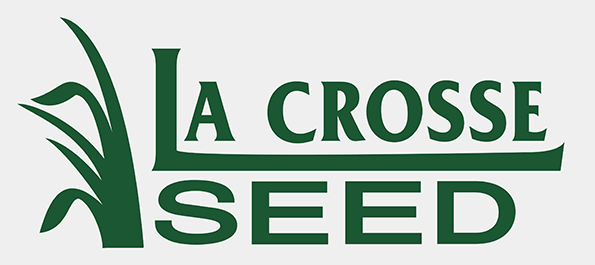Solving the Soil Health Puzzle? We Have you Covered. Cover crops are an important piece to soil health and future profit. We know it takes work and is puzzling at times. Soil First® provides quality products plus tips, tools and solutions to help cover crops work for you. As challenges arise, we are ready with the pieces you need to succeed.
.jpg&Width=940&Crop=5&quality=100)
Turnip brassica cover crop is an upright, cool season broadleaf which make the perfect dual-purpose cover crop. Their tubers and roots penetrate the soil and cycle nutrients. Early fall planted turnips provide a massive amount of dry matter, while helping to control erosion and suppress weeds. Turnips also works great as a forage crop, especially when mixed with small grains to extend the fall grazing period. While popular options like purple top turnips have large bulbs or tubers, some varieties are bred for a lesser bulb size and larger tops. These options work especially well in grazing environments, and depending on how quickly they regrow, some varieties even allow for multiple grazing cycles into the fall and winter months.
CHARACTERISTICS:
Non-Forage Benefits:
1 = Poor; 5 = Excellent
Compaction Alleviation: 3
Weed Suppression: 5
Biomass Production: 4
Erosion Control: 3
Disease/Pest Control: 3
Pollinator/Beneficials: 3
P & K Cycling: 3
Ease of Establishment: 5
Nitrogen Fixer/Scavenger: Scavenger
Nutritional Value:
Values Vary Greatly Depending on Maturity
Crude Protein: 16
NEL¹ Mcal/lb.: .70
ADF%²: 23
NDF%³: 20
TDN: 69
DM Tons/Acre: 2-5
Days to First Harvest: 60-80
Days to Next Harvest: –
¹- Net Energy for Lactation = Energy available after subtracting digestive and metabolic losses
²- Acid Detergent Fiber = Low values mean more digestible
³- Neutral Detergent Fiber = Low values mean cows can eat more
Ranking (Good, Better, Best):
Graze: Best
Baleage: Not Rated
Chop: Good
SEEDING:
Planting Time:
Aug.-Sept.
Seeding Rate:
Mono (lbs./acre): 2-6
Mix (lbs./acre): 2-4
Forage (lbs./acre): 3-8
Aerial (lbs./acre): 2-6
Seeding Info:
Carbon/Nitrogen Ratio (C:N): Tops- 9:1
Seeding Depth (in./with drill): 1/4
Seeds/lb.: 220,000
Bulk Density (lbs./ft.³): 45
Aerial Application Rate: 2-6
Germination Soil Temp.: 45 F
USDA Hardiness Zone: 6-7
Days to Emergence: 4-10
MANAGEMENT:
Considerations
-
- Grows best in pH 5.5-6.8
- Avoid using radish in cropping systems with other brassicas (disease bridge- club root)
- Turnips should be combined with other forages, namely lesser digestible grass or dry hay in ruminant animals (to prevent potential livestock disorders)
- Introduce livestock to turnips slowly
Brassica Crops can cause animal health disorders if not grazed properly. Introduce grazing animals to brassica pastures slowly (usually over 3-5 days). With extremely high forage values, brassicas can cause problems if hungry animals are turned out into predominate brassica pastures. Even though traditional recommendations allow for 2/3, we actually recommend keeping brassicas to under 1/3 of the grazing animal’s diet- always supplement brassicas with dry hay or other grasses (higher in fiber).
Ratings
Scale 1-9, where 9 = best or most pronounced
Compaction Alleviation
Weed Suppression
Biomass Production
Erosion Control
Disease/Pest Control
Pollinator/Beneficials
P & K Cycling
Ease of Establishment
- Small seed size is conducive for easier planting (especially in broadcast applications)
- Good tolerance to dry weather
- Rapid growth provides good early season weed suppression
- Aids in breaking up compaction
- Longer stay-green improves sequestration of excess nutrients left from cash crops











